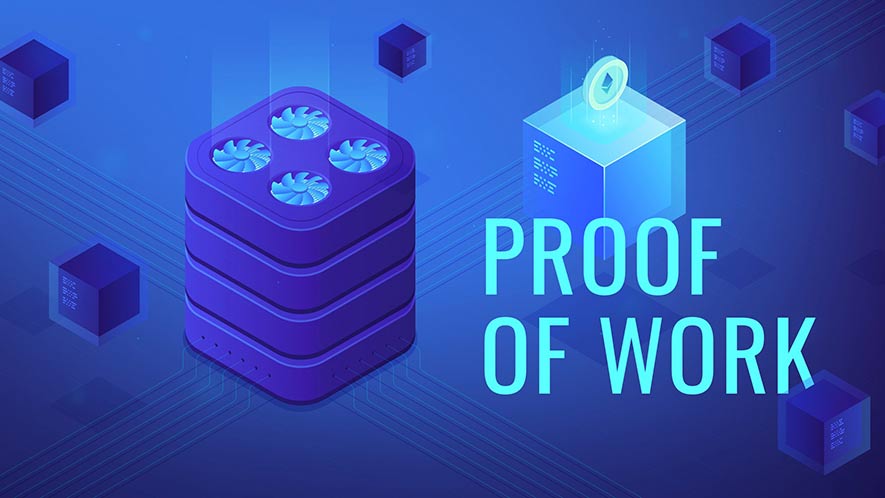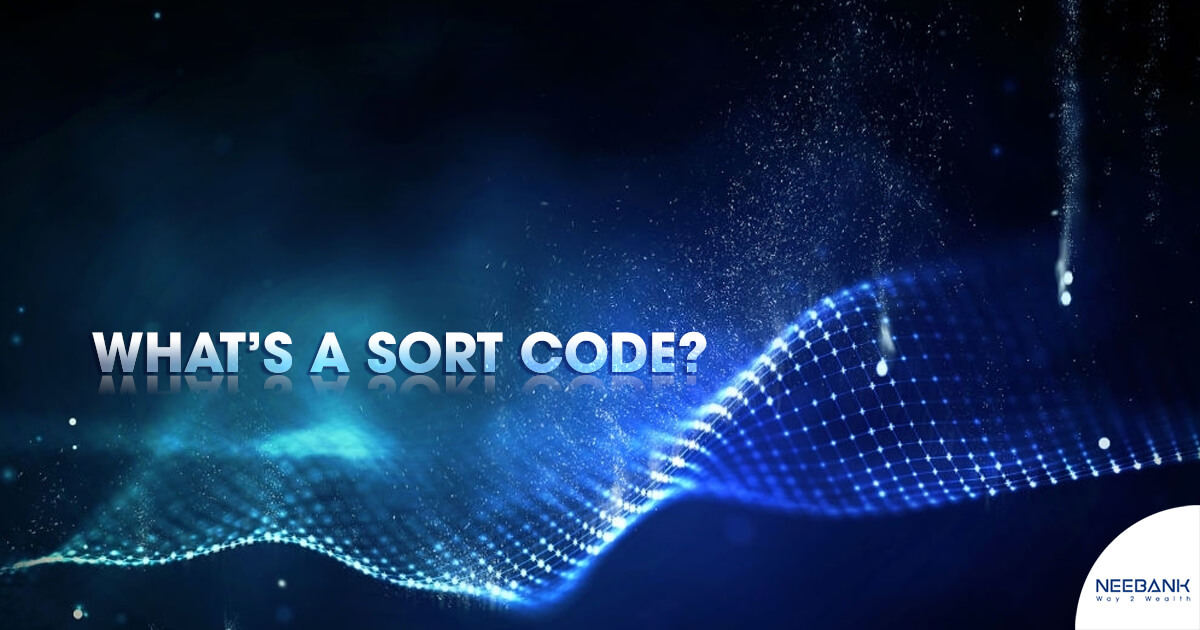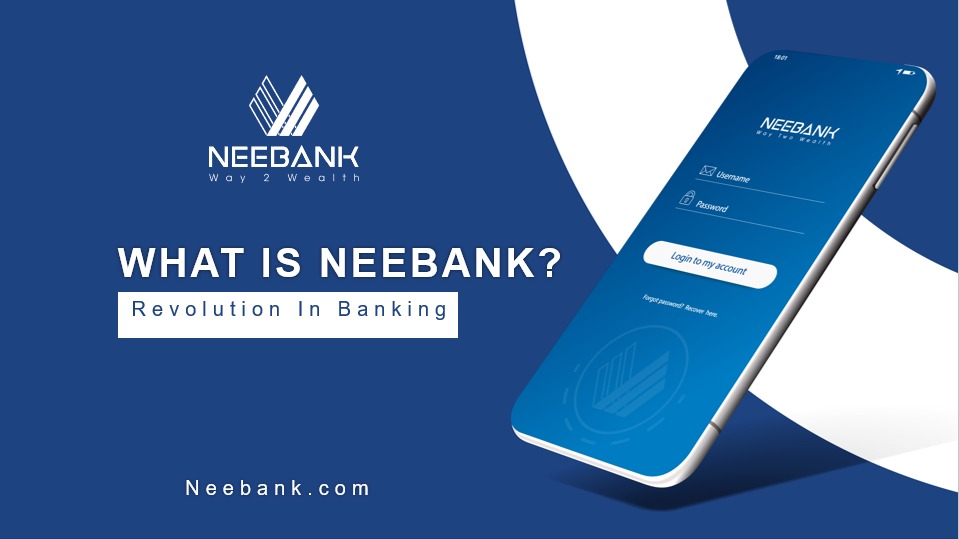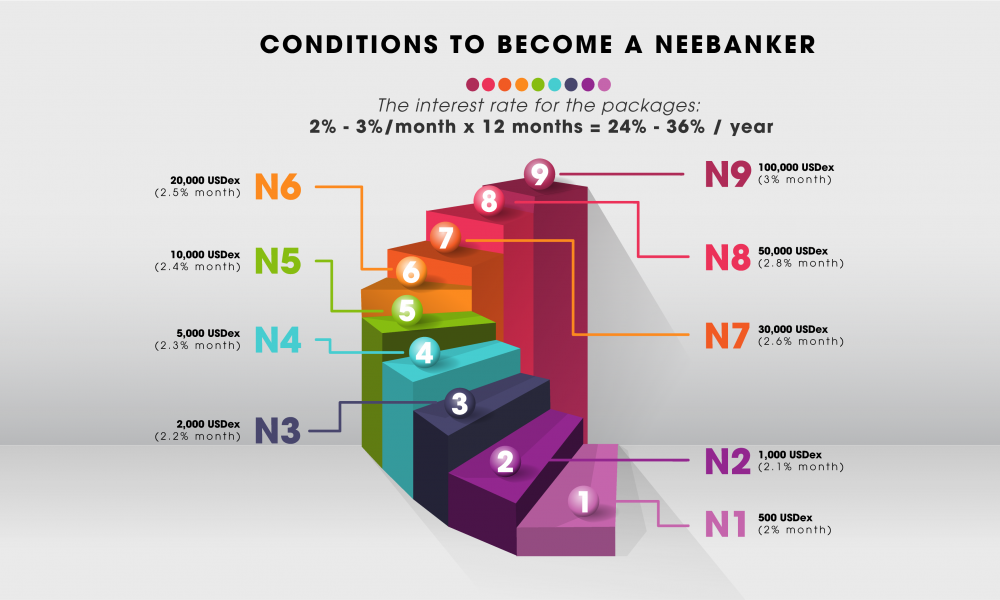
What Staking Means In Investing Money 4.0?
Staking is the process of keeping money in a cryptocurrency wallet to support the operations of the blockchain network. It basically involves holding cryptocurrencies in order to receive bonuses. In most cases, this process depends on users participating in activities on the blockchain network through a personal crypto wallet, such as Trust Wallet.
Staking is closely related to a Proof of Stake (PoS) mechanism. This mechanism is used in many PoS-based blockchains or one of the many variations of this mechanism.
Table of contents
Who created the Proof of Stake?
Perhaps Sunny King and Scott Nadal were the first to come up with the ideas of Proof of Stake and staking, in 2012. They described Peercoin as an innovative POS-based cryptocurrency. It was originally based on a hybridization mechanism between PoW and PoS but gradually eliminated the role of Proof of Work (PoW) (Proof of Work). This allows users to mine and support projects in an early stage, without relying entirely on the PoS system.

In 2014, Daniel Larimer developed a Delegated Proof of Stake (DPoS) mechanism. This mechanism was first used as part of the Bitshares network, but other cryptocurrencies have adopted a similar pattern. Steem and EOS, created by Larimer, also adopt the DPoS model.
DPoS allows users to keep their account balance in the form of votes used to elect a certain number of delegates. Delegates are then elected to manage operations on the blockchain on behalf of voters to ensure confidentiality and consensus. In addition, shareholders can deposit their money and receive a periodic bonus for holding money
The DPoS model tends to reduce latency and increase the throughput of the network (meaning it can execute more transactions per second). This is mainly because this model allows consensus to be reached with less number of validating nodes. However, this causes the network to have a lower level of decentralization because the user relies on a group of selected nodes.
How does staking work?
As mentioned, staking is the process of holding money in order to receive a bonus while contributing to activities on the blockchain network. As such, staking is widely used on networks that adopt a Proof of Stake (PoS) consensus mechanism or one of its variants.
Unlike Proof of Work (PoW) blockchains that rely on mining to verify and validate new blocks, blockchains using PoS create and validate new blocks through staking. This allows blocks to be created without relying on mining/mining equipment (ASICs). Therefore, POS validators are chosen based on the amount of money they commit to stake without having to compete based on computational workload.
Typically, users who contribute more stakes are more likely to be chosen as the next block validators. While ASIC mining requires a substantial investment in hardware, staking requires an investment (and holding) of cryptocurrency. Each PoS blockchain has a specific stake in the currency.
The creation of blocks through staking allows for a higher degree of network expansion. This is one of the reasons the Ethereum network will eventually move from PoW to PoS, in the Ethereum Casper upgrade.
Some chains adopt a Delegated Proof of Staking (DPoS) model. It allows users to announce their support through other participants of the network. In other words, an authorized participant makes decisions on behalf of other users.
Authorized validators (nodes) are those who handle the main operations and overall governance of the blockchain network. They participate in the processes to reach consensus and identify key governance parameters.

Network inflation
For some networks, the amount from equity stakes is determined as a fixed “inflation” percentage. This encourages individuals to use their money (not just hold money (HODL)). This process depreciates the network’s operating costs for all token holders.
Stellar, for example, divide weekly inflation levels among users who are placing their funds through a staking set. This approach has the benefit that the network can disburse a fixed or controlled interest rate.
As a result, if a user holds 10,000 XLM for a year and specifies an on-chain inflation destination by signing a transaction, they will earn 100 XLM in bonuses. That would happen over the course of a year with an equilibrium inflation rate of 1% (ignoring compounding effects).
Additionally, the information can be displayed to all network users deciding whether to contribute or not. This may encourage new shareholders as they will receive a bonus on a predictable schedule, rather than the chance of receiving a bonus from probabilistic new block mining.
Assemble staking
A staking set is formed when a number of money holders consolidate their resources to increase their chances of validating blocks and receiving bonuses. They make a deposit together and then share the final bonus proportional to their individual contribution.
This aggregation is most effective on networks with relatively high technical or financial barriers to entry. Sometimes, assemblies need considerable establishment, development and maintenance. Consequently, many aggregate providers charge their members’ fees as a percentage of the bonus that a participant receives from staking.
Additionally, aggregates enjoy greater flexibility in terms of withdrawal times, unlink times, and minimum balances on the network. As a result, new users will be encouraged to join, leading to greater decentralization of the network.
Staking offline
Offline staking is the process of keeping money on a cryptocurrency wallet with no connection to the Internet, i.e. a hardware wallet. The networks that support offline staking allow users to stake and keep their money securely. However, if shareholders move money out of hardware wallets, they will no longer receive bonuses. This approach is especially useful in allowing the major shareholders in the network to maximize their money protection while still supporting the network.
 Why Should Businesses Accept Money 4.0 Now?
Why Should Businesses Accept Money 4.0 Now?





